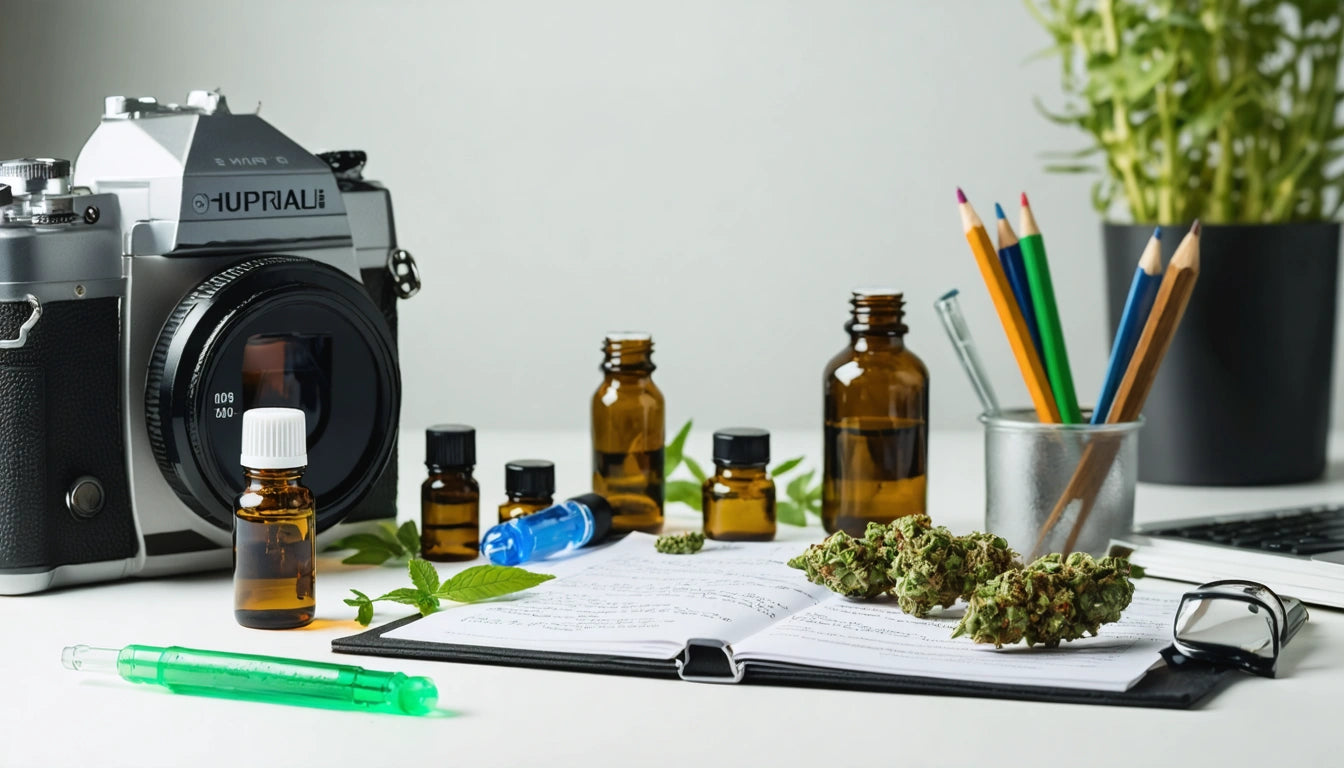Table of Contents
- Balancing Sustainability and Freshness: The Core Challenge
- Eco-Friendly Materials That Preserve Cannabis Quality
- Humidity Control in Sustainable Packaging
- Light Protection Without Plastic: Innovative Approaches
- Consumer Preferences and Market Trends
- Regulatory Compliance for Sustainable Flower Packaging
- Future Innovations in Sustainable Cannabis Preservation
Cannabis cultivators and brands face a significant challenge: how to package their flower products sustainably while maintaining optimal freshness, potency, and terpene profiles. The industry's environmental footprint has become increasingly concerning, with traditional packaging contributing to plastic waste and other ecological issues. However, advances in sustainable materials and preservation techniques are creating new possibilities for brands committed to both quality and environmental responsibility.
Balancing Sustainability and Freshness: The Core Challenge
The primary challenge with sustainable cannabis packaging is maintaining an airtight, humidity-controlled environment that preserves trichomes and prevents terpene degradation. According to research on terpene preservation, these volatile compounds begin degrading immediately upon exposure to oxygen, light, and temperature fluctuations.
Traditional packaging solutions like plastic containers and mylar bags offer excellent barrier properties but present significant environmental concerns. The goal of sustainable packaging is to reduce this environmental impact without compromising the product's quality or shelf life.
Eco-Friendly Materials That Preserve Cannabis Quality
Recyclable Glass
Glass jars remain one of the most effective sustainable options for cannabis flower. As explored in this comparison of glass jars versus mylar bags, glass provides excellent oxygen barrier properties while being infinitely recyclable. UV-protected glass varieties offer additional protection against light degradation.
Bioplastics and Plant-Based Materials
Newer bioplastic options derived from corn, sugarcane, or hemp itself are creating promising alternatives to petroleum-based plastics. These materials can be engineered to provide similar barrier properties while being biodegradable or compostable under the right conditions.
Hemp-based packaging represents a particularly interesting circular economy approach, using byproducts from the cannabis industry itself to create packaging materials.
Compostable Films and Pouches
Advances in compostable films are creating viable alternatives to traditional mylar bags. These materials can now provide reasonable oxygen and moisture barriers while breaking down in commercial composting facilities. When combined with proper humidity control, they can maintain freshness for the typical retail lifecycle of cannabis products.
Humidity Control in Sustainable Packaging
Maintaining optimal humidity levels is essential for preserving cannabis freshness, regardless of packaging material. Relative humidity between 58-62% helps prevent both mold growth and trichome degradation.
Integrating humidity control solutions into sustainable packaging systems helps maintain ideal moisture levels without requiring excessive plastic barriers. These specialized humidity packs work with various packaging materials to create a microclimate that preserves terpenes and cannabinoids effectively.
- Biodegradable humidity control packets
- Reusable humidity stones
- Plant-based humidity regulation systems
According to studies on humidity pack effectiveness, these solutions can extend shelf life by up to 6 months when used properly, regardless of the primary packaging material.
Light Protection Without Plastic: Innovative Approaches
Light exposure accelerates cannabinoid degradation, particularly THC conversion to CBN. Sustainable packaging must address this challenge without relying on opaque plastics or excessive materials.
Natural UV Blockers
Innovations in natural UV-blocking additives for glass and bioplastics are creating sustainable options that protect against light degradation. These additives can be incorporated into packaging materials without compromising their recyclability or biodegradability.
Strategic Design Elements
Smart design choices like nested packaging or strategic labeling placement can provide light protection while minimizing material usage. Effective branding and labeling strategies can serve dual purposes of marketing and product protection.
Consumer Preferences and Market Trends
Consumer demand for sustainable packaging is growing rapidly in the cannabis sector. According to market research on consumer preferences, eco-friendly packaging can significantly influence purchasing decisions, particularly among younger demographics and in markets with strong environmental awareness.
However, consumers remain unwilling to sacrifice product quality or freshness. The most successful sustainable packaging solutions address both environmental concerns and preservation needs simultaneously.
Regulatory Compliance for Sustainable Flower Packaging
Sustainable packaging must still meet all regulatory requirements, including child-resistance, tamper-evidence, and proper labeling. State-specific packaging regulations add another layer of complexity to sustainable packaging design.
Fortunately, innovations in sustainable materials are increasingly addressing these compliance needs without requiring excessive plastic or non-recyclable components. For example, child-resistant mechanisms can now be incorporated into recyclable and biodegradable materials.
Future Innovations in Sustainable Cannabis Preservation
The cannabis industry continues to drive innovation in sustainable packaging technologies. Emerging solutions include:
- Hemp-based bioplastics with enhanced oxygen barrier properties
- Edible or plantable packaging components
- Reusable container systems with refill models
- Advanced compostable materials with improved moisture barriers
As the industry matures, the false dichotomy between sustainability and freshness is gradually disappearing. Brands no longer need to choose between environmental responsibility and product quality, as innovative solutions continue to address both concerns simultaneously.
By investing in these sustainable packaging technologies, cannabis brands can reduce their environmental impact while maintaining the quality standards that consumers demand. The future of cannabis packaging lies in solutions that honor both the plant and the planet it grows on.











Leave a comment
All comments are moderated before being published.
This site is protected by hCaptcha and the hCaptcha Privacy Policy and Terms of Service apply.